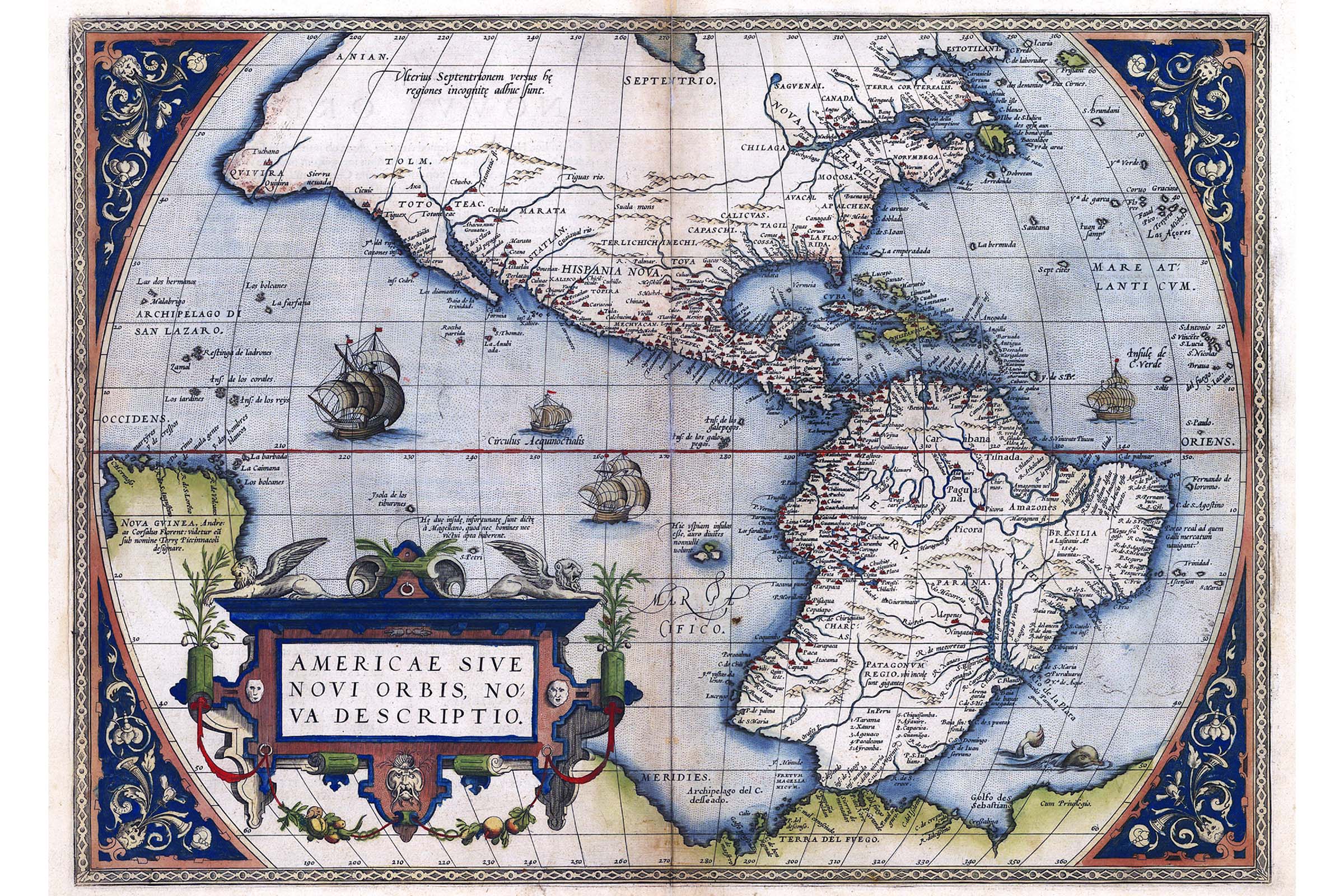
About 1560, under the influence of Gerardus Mercator, Ortelius became interested in mapmaking. “Trained as an engraver, Ortelius about 1554 set up his book and antiquary business. Ortelius began his career as a map engraver. Ortelius Was Born in Antwerp in Modern-Day Belgium in 1527 Here’s to Abraham Ortelius, whose cartographic innovation helped give all a truly global view.”ġ.
Facts about abraham ortelius professional#
Google continues, “Adding his fellow scientists’ names to the atlas wasn’t just a professional courtesy – Ortelius was known for corresponding with prominent scientists and humanists from all over Europe, a practice that yielded much insight into the great thinkers of his time. “As every atlas is an aggregation of many maps, Ortelius was also one of the first cartographers to consistently add sources and names to the creators of the original maps, as evidenced by the first map pictured in today’s animated Doodle.” “Long before we were able to map the world and put it online, Abraham Ortelius made a lasting impact by collecting the latest information from scientists, geographers, and cartographers and transforming it into what the world now knows as the modern day atlas,” Google writes in its Doodle description. To see an image of the 1562 map of North and South America by Diego Gutiérrez mentioned above, check out this link to the Library of Congress.įor additional information on sea monsters and their relation to the unknown, please see Mythological Creatures: Fears around the Unknown in 16th-Century Cartography by Theresa Keefe.Abraham Ortelius is being celebrated with a Google Doodle.Ībraham Ortelius, a Flemish cartographer and geographer who is credited with creating the first modern day atlas, is being celebrated with a Google Doodle on May 20, 2018. By using a whale illustration, a cartographer can say: “we do not know what is there but have an idea of what to expect.” Sea monsters were put in places like this to warn of possible dangers. North America, which first appeared on a European map in 1507 and was drawn more elaborately in 1562, was largely unexplored by Europeans. Doing so also enabled cartographers to express ideas of uncertainty about unexplored parts of the world. Generally, cartographers used whales to fill in blank space on maps. Whales were known to Europeans since the ancient Greeks and were viewed both as sea monsters and trade commodities. Notice the upper right corner where a whale is attacking a boat. Ortelius’s compressed map of the Pacific expresses the limits of trade and where the edge of the known world lies through representations of sea monsters. This map by Abraham Ortelius (1527-1689), from the first modern atlas, Theatrum orbis terrarum ( Theater of the World), depicts what are now parts of China, India, Oceania, and North America. University of Delaware Special Collections, 01815 grĪ sea route to East India sped explorers across the Atlantic in search of spice. Indiae Orientalis, insularumque adiacientium typos The atlas presents the exotic plants and animals for the viewer’s visual consumption. These illustrations, presented as objective facts, offer a glimpse into the interior of China, where few foreigners were allowed. The descriptions paired with engraved images allow readers to place themselves on the voyage and see those plants and animals as part of their own world. To do this, they removed the personal narrative of the story, retaining only objective descriptions. Interestingly, the publishers wanted the book to be less about personal experiences, and more about exotic spaces and species. The atlas uses text from a narrative account of a Dutch East India Company voyage to meet with imperial authorities in China. Geographical atlases like Atlas Chinensis were developed in the Netherlands and found popular success in Europe through extensive use of description and illustration.


Originally published in Dutch, then translated into English by John Ogilby, the atlas covers a range of topics, from Chinese culture to exotic plants and animals, in its over 700 pages.

What do an emu, flying squirrels, and a giant pineapple have in common? They are featured in elaborately engraved images on the pages of Atlas Chinensis. University of Delaware Special Collections, Folio DS808. Olfert Dapper (1636 – 1689), translated and published in English by John Ogilby (1600–1676)ġ7 x 23 1/4 x 2 1/2 in.


 0 kommentar(er)
0 kommentar(er)
